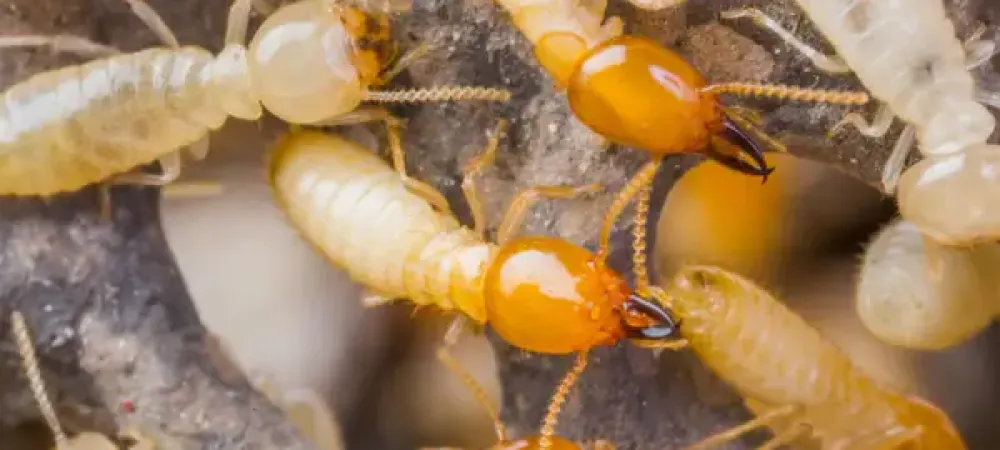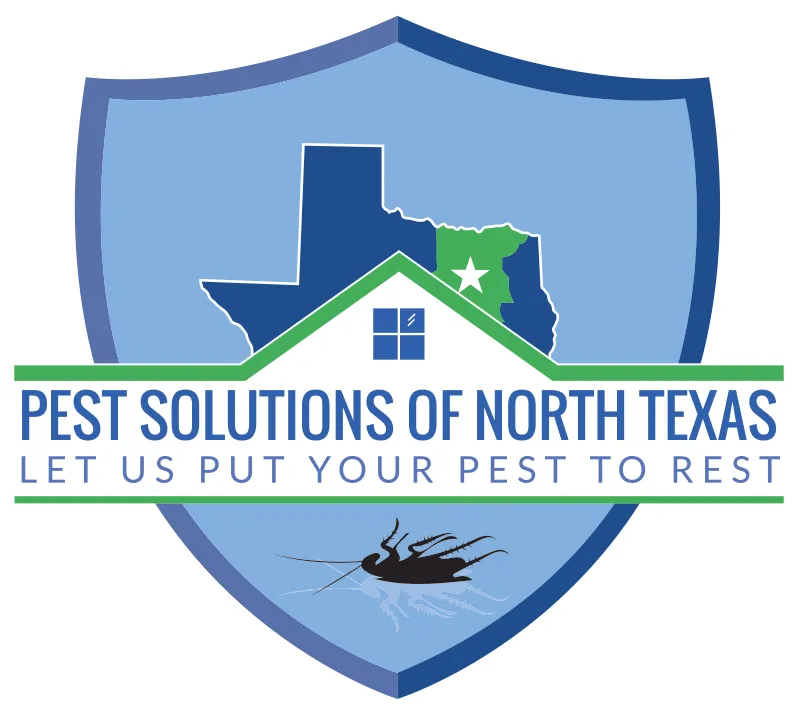DIY Termite Inspection: Guide for Homeowners in Frisco, TX

As a homeowner in Frisco, TX, protecting your property from termites is crucial. These destructive pests can cause significant damage if not detected early. Conducting a DIY termite inspection can help you identify potential problems before they escalate. In this blog, we’ll walk you through the essential steps for inspecting your Frisco home for termites and highlight the common signs to look for.
Why Termite Inspections Are Vital in Frisco
Frisco’s warm, humid climate creates an ideal environment for termites. Subterranean termites, the most common in our area, thrive in these conditions. Regular inspections can save you from costly repairs and ensure your home remains safe and secure.
When to Conduct a DIY Termite Inspection
Perform a termite inspection every 6 to 12 months, particularly in the spring and summer when termite activity is at its peak. If you’ve noticed any signs of a potential infestation or have had previous termite issues, increase the frequency of your inspections.
How To Inspect Your Home For Termites in Frisco, TX
While professional termite inspection is always recommended, you can start by performing your own home inspection.
Step 1: Gather Your Tools
Before you start your inspection, gather the following tools:
- Flashlight
- A screwdriver or a small pry bar
- Tape measure
- A notebook and pen for notes
- A mirror (for hard-to-reach places)
Step 2: Inspect the Exterior of Your Home
Check the Foundation
- Look for mud tubes on the foundation walls and around the perimeter of your Frisco home. These pencil-sized tubes are made of soil and saliva by subterranean termites to travel between their colony and their food source. Pay particular attention to damp or shaded areas along exterior walls and even on the sides of your home.
- Ensure that wooden elements, such as siding or trim, do not come into direct contact with the soil. Termites can easily access wood that is touching the ground.
Examine the Siding and Trim
- Look for any signs of damage to your siding and trim. Termite-damaged wood may have a honeycombed appearance and may sound hollow when tapped.
- Check for termite droppings or frass around the base of exterior walls and on the ground near wooden structures. Frass resembles small pellets or sawdust and is often an indicator that termites are consuming wood.
Inspect Decks and Porches
- Examine wooden decks and porches for any signs of termite damage. Look for hollow spots, frass, and mud tubes. Infested wood may appear hollowed out or have a honeycombed appearance. Over time, the wood can become structurally compromised.
- Ensure that these areas are well-drained and not prone to moisture buildup, as termites are attracted to damp conditions.
Step 3: Examine the Crawl Spaces and Basement
Access the Crawl Space
- Check the wooden support beams, joists, and flooring in your crawl space for any signs of damage. Termite-damaged wood will often feel soft and may have visible tunnels or frass.
- Look for mud tubes along the foundation walls and in hidden corners of the crawl space.
Basement Inspection
- Inspect wooden supports and floor joists in your basement. Termites consume wood from the inside out, which can leave the wood sounding hollow when tapped. If you notice any hollow-sounding wood or visible signs of termite activity, it could indicate an infestation.
- Ensure that the basement is well-ventilated and free from excessive moisture. Fix any leaks or water issues promptly to reduce the risk of termite attraction.
Step 4: Check the Attic and Upper Floors
Attic Inspection
- Inspect the wooden rafters and beams in your attic. Look for signs of termite damage such as hollowed-out areas and frass.
- Check the insulation for any signs of termite activity. Termites can sometimes use insulation as a food source if it contains wood fibers.
Upper Floors
- Inspect interior walls and floors for any signs of bubbling paint or wallpaper. As termites tunnel through wood, they can create moisture buildup that affects the surfaces they come into contact with, which can cause the paint or wallpaper to bubble or blister.
- Tap on wooden elements in upper floors to check for hollow sounds, which can be a sign of termite damage.
- Extensive termite damage can compromise the structural integrity of your home, leading to sagging floors and ceilings. Check for any uneven or sagging areas in your floors or ceilings.
Step 5: Examine Entry Points and Vulnerable Areas
Windows and Doors
- Check the frames of windows and doors for signs of termite damage. Look for any soft spots or visible wood damage.
- If you find discarded wings around your home, it’s a strong indication of an infestation. Swarmers are reproductive termites that leave the nest to establish new colonies.
- Ensure that there are no gaps or cracks around window and door frames where termites could potentially enter.
Pipes and Utility Lines
- Inspect areas where pipes and utility lines enter your home. Ensure that wooden elements in these areas are not in contact with the soil and check for signs of termite activity.
Step 6: Document Your Findings
- Take detailed notes on any signs of termite activity, including the location and type of damage. Use your flashlight to inspect dark areas and your mirror to reach hidden spots.
- If possible, take photographs of any significant findings for future reference or for sharing with a professional if needed.
Step 7: Take Action
If your inspection uncovers any signs of termite activity, it’s crucial to act quickly. Termites may seem small, but their impact on your home can be enormous. These relentless pests can cause severe structural damage that might not be visible until it’s too late. The cost of repairs and treatments can quickly add up, leaving you with a hefty bill and a damaged property. What’s worse is that most termite damage is not covered by home insurance policies.
If your inspection uncovers any signs of termite activity or you are looking for a professional termite inspection, trust the experts at Pest Solutions of North Texas. Our team of professional termite exterminators is trained to detect even the most hidden termite infestations and provide effective, long-lasting solutions. With our comprehensive termite inspections and advanced treatment options, you can rest easy knowing your home is protected.
